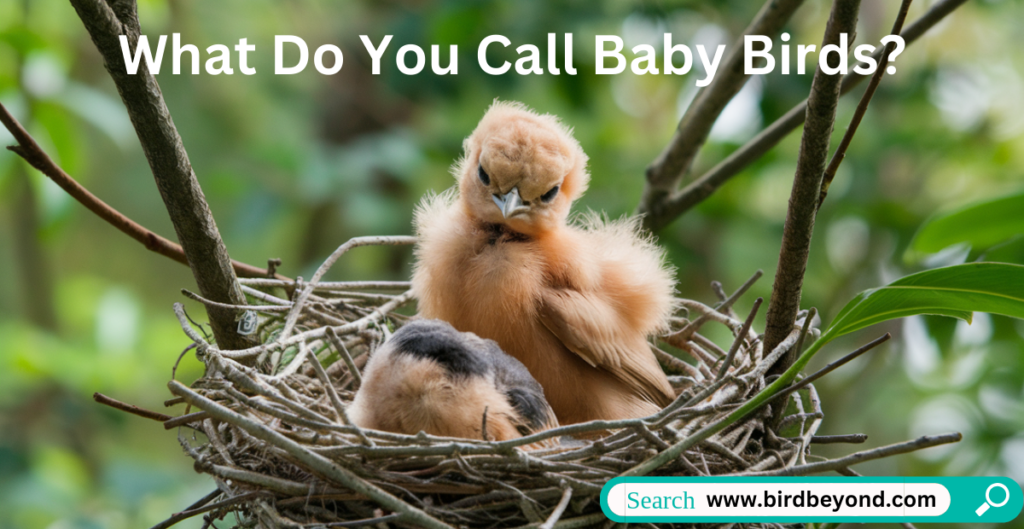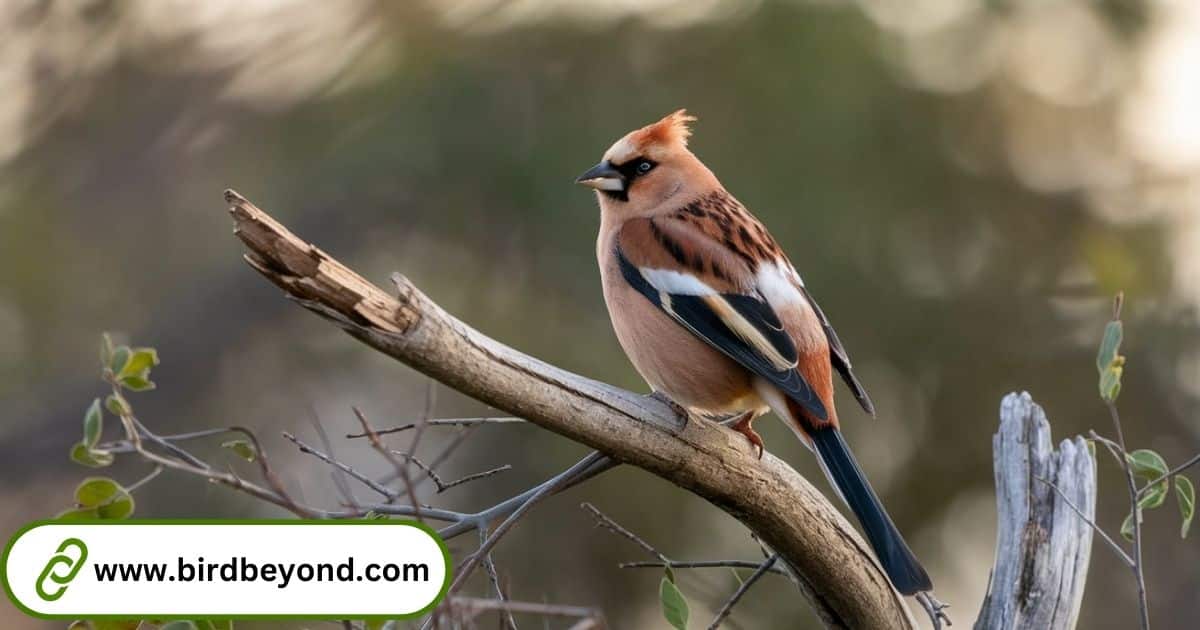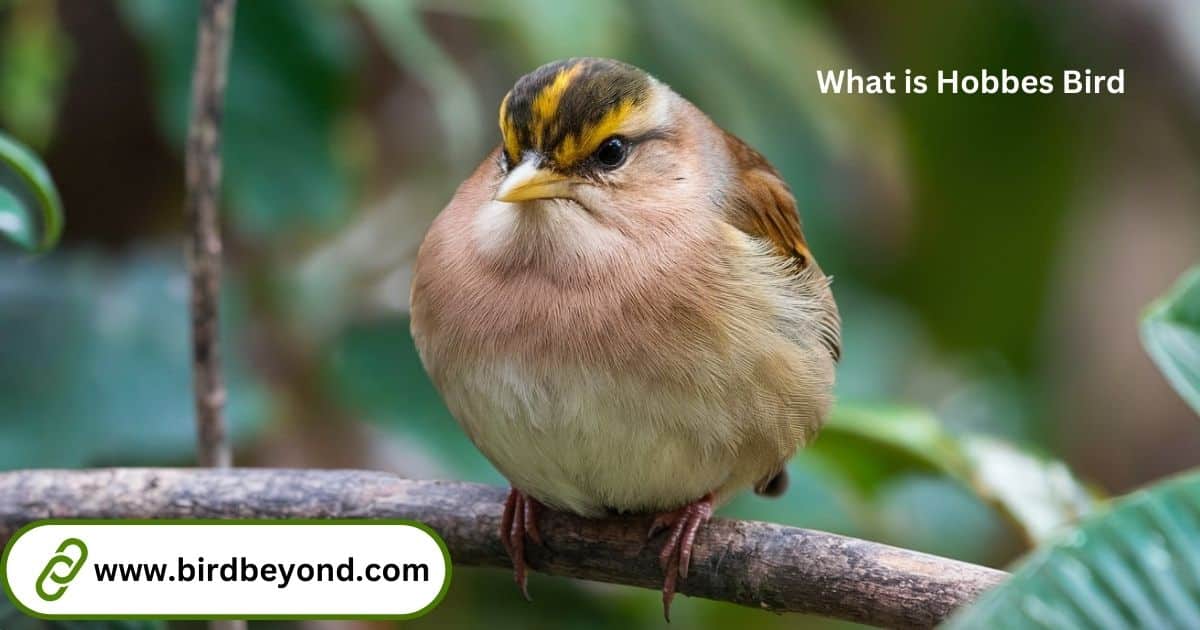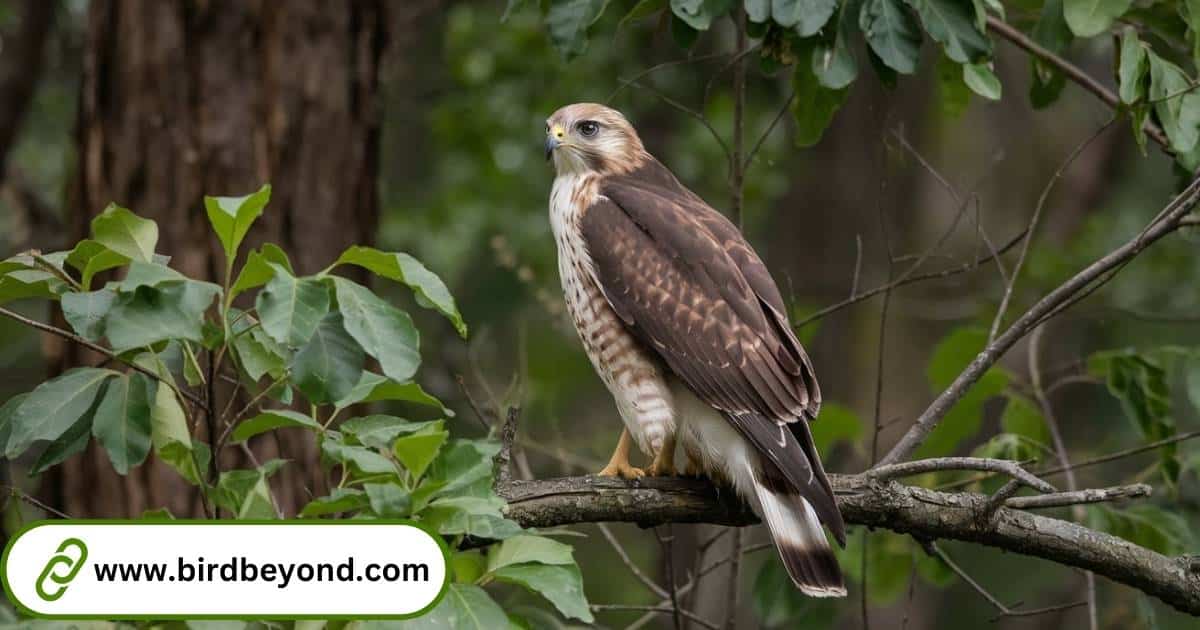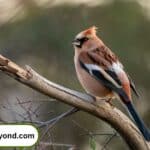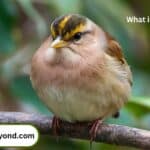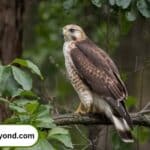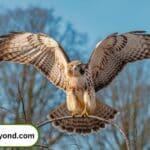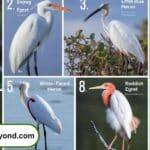Ever stumbled upon a nest brimming with tiny, feathered bundles and wondered, “What do you call baby birds?” You’re not alone! The world of baby birds is as diverse as it is fascinating. From downy ducklings to gangling eaglets, each species has its unique terminology. Let’s dive into this feathered frenzy and uncover the charming world of baby birds.
The Fluffy Facts: why Baby Birds Captivate us
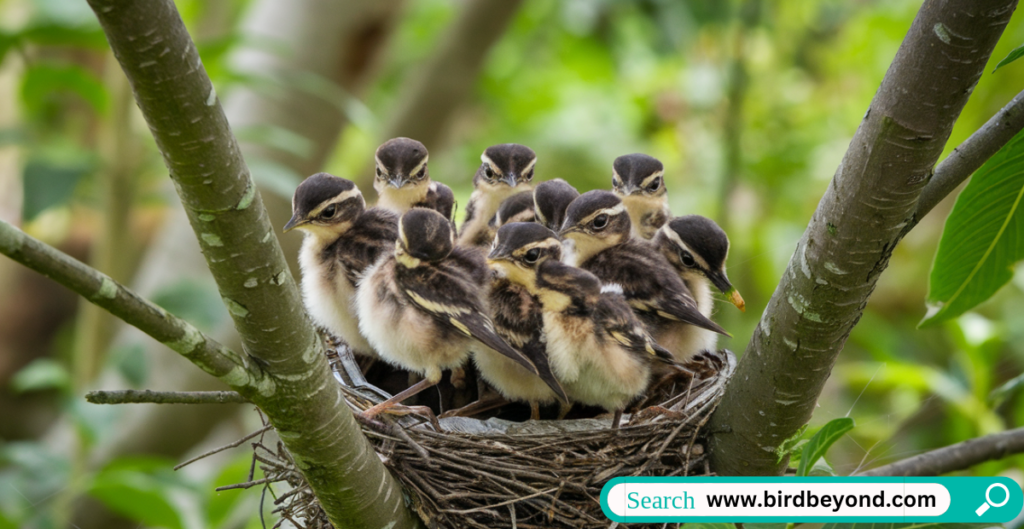
Baby birds, with their wide eyes and insatiable appetites, represent nature’s promise of renewal. They’re not just adorable; they’re crucial to the continuation of species. But what do you call baby birds? The answer isn’t as simple as you might think.
In ornithology – the scientific study of birds – precise terminology is key. Knowing the correct terms for baby birds isn’t just about satisfying curiosity; it helps researchers, conservationists, and bird enthusiasts communicate more effectively about these vulnerable creatures.
General Terms for Baby Birds: A Developmental Journey
When asking “What do you call baby birds?”, the answer often depends on their stage of development. Let’s break it down:
Hatchling: Fresh Out of the Egg
Hatchlings are the newest arrivals. These baby birds are often naked or covered with a thin layer of down. Their eyes are usually closed, and they’re entirely dependent on their parents. When you call baby birds at this stage, “hatchling” is the most accurate term.
Nestling: The Stay-at-Home Chick
As hatchlings grow, they become nestlings. These baby birds are still confined to the nest but are developing rapidly. Their eyes are open, and they’re growing real feathers. When you see baby birds in a nest begging for food with open beaks, you’re looking at nestlings.
Fledgling: Ready for Adventure
Fledglings are baby birds on the brink of independence. They’ve left the nest but aren’t quite ready to fly proficiently. You might spot them hopping around on the ground or perched on low branches, still being fed by their parents.
Chick: The Catch-All Term
“Chick” is a versatile term that can apply to baby birds of many species, from newly hatched to nearly grown. It’s the word most people use when asking, “What do you call baby birds in general?”
Species-Specific Baby Bird Names: A Feathered Lexicon
Now, let’s explore the exciting world of species-specific names. What you call baby birds often varies depending on their species.
Songbirds: The Melodious Youngsters
Songbirds, which make up nearly half of all bird species, usually have simple names for their young.
- Robins: Baby robins are often called “bobbins.”
- Blue Jays: A baby blue jay is sometimes referred to as a “jaylet.”
Waterfowl: The Aquatic Babies
Waterfowl have some of the most well-known baby bird names.
- Ducks: Everyone knows a baby duck is called a “duckling.”
- Swans: Baby swans have the elegant name “cygnet.”
- Geese: A baby goose is known as a “gosling.”
Birds of Prey: The Fierce Fledglings
Raptors often have distinctive names for their young.
- Eagles: A baby eagle is called an “eaglet.”
- Owls: Young owls are known as “owlets.”
- Falcons: Baby falcons have the unique name “eyas.”
Game Birds: The Sporting Youngsters
Game birds, often hunted for sport or food, have their own set of terms.
- Turkeys: Baby turkeys are called “poults.”
- Quails: Young quails are known as “cheepers.”
- Grouse: Baby grouse are also called “cheepers.”
Here’s a handy table summarizing some of these species-specific names:
| Bird Species | Baby Name |
|---|---|
| Duck | Duckling |
| Swan | Cygnet |
| Eagle | Eaglet |
| Owl | Owlet |
| Turkey | Poult |
| Quail | Cheeper |
| Goose | Gosling |
| Falcon | Eyas |
The Science Behind Baby Bird Development: From Egg to Sky
Understanding what to call baby birds at different stages goes hand-in-hand with knowing how they develop. The journey from egg to adult bird is a remarkable process that varies significantly between species.
Key Stages: The Avian Life Cycle
- Egg Stage: This is where it all begins. The duration of incubation varies by species, ranging from about 10 days for some small songbirds to nearly 80 days for the mighty albatross.
- Hatchling Stage: When the egg hatches, the baby bird emerges as a hatchling. At this point, most baby birds are blind, featherless, and entirely dependent on their parents.
- Nestling Stage: As the baby bird grows, it enters the nestling stage. Feathers start to develop, eyes open, and the bird becomes more active within the nest.
- Fledgling Stage: This is when baby birds start to venture out of the nest. They’re learning to fly and becoming more independent, but still rely on their parents for food and protection.
Different Strokes for Different Folks: How Species Mature
What you call baby birds of different species often reflects their rate of development. For instance:
- Precocial Birds: Species like ducks, geese, and chickens hatch with downy feathers and can walk and swim shortly after hatching. Their babies are often called “chicks” or species-specific names like “ducklings” or “goslings.”
- Altricial Birds: Most songbirds are altricial, meaning their young are born naked, blind, and helpless. These baby birds go through more distinct hatchling and nestling stages before becoming fledglings.
Caring for Baby Birds: A Delicate Balance
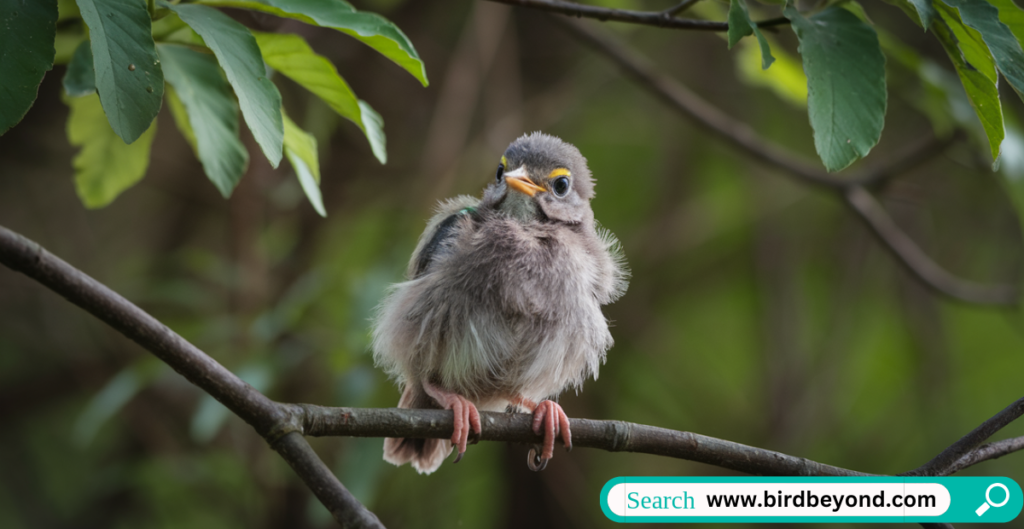
When you’re out in nature and come across a baby bird, knowing what to call it is just the start. It’s crucial to know how to respond appropriately.
When to Help and When to Leave Them Be
- Hatchlings and Nestlings: If you find a naked or downy baby bird out of its nest, it likely needs help. If you can locate the nest, gently place the bird back in it. Contrary to popular belief, parent birds won’t reject a baby that has been touched by humans.
- Fledglings: If you see a fully-feathered baby bird on the ground, it’s likely a fledgling learning to fly. In most cases, it’s best to leave it alone. The parents are probably nearby, keeping watch and providing food.
What to Do If You Find an Abandoned Chick
If you’re certain a baby bird has been abandoned:
- Keep it warm by placing it in a small box lined with soft cloth.
- Do not attempt to feed it.
- Contact a licensed wildlife rehabilitator immediately.
Remember, it’s illegal in many places to keep wild birds as pets, even if you’re trying to help them.
Fun Facts: Baby Bird Trivia
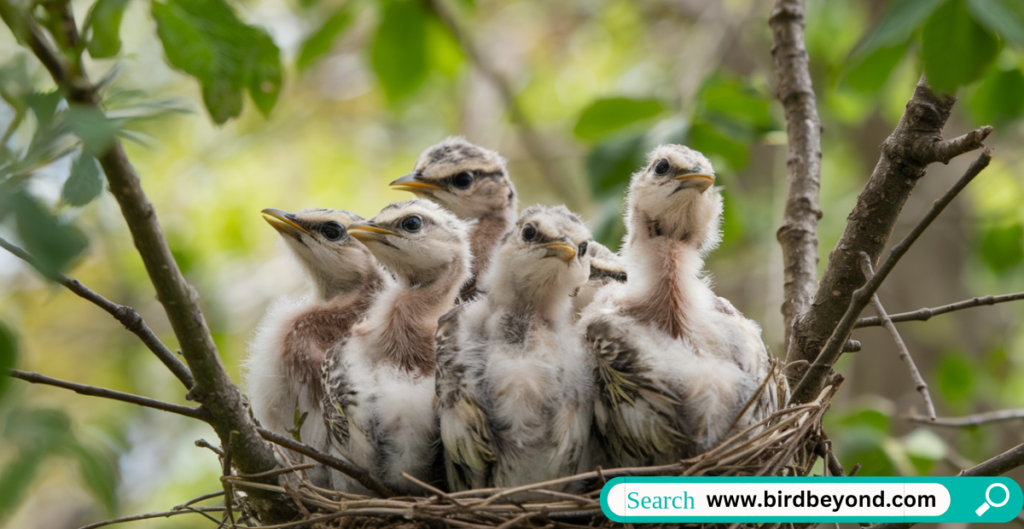
Now that we’ve covered the basics of what to call baby birds, let’s explore some fascinating trivia!
The Fastest-Growing Babies in the Bird World
- Peregrine Falcon: Baby peregrines, called “eyases,” grow from a 1.5-ounce hatchling to a 2-pound adult in just six weeks!
- Common Swift: These babies grow from egg to flying adult in just five to six weeks.
Unusual Parenting Techniques Across Species
- Emperor Penguins: Male penguins incubate their single egg on their feet for about two months in the harsh Antarctic winter, going without food the entire time.
- Cuckoos: These birds are famous for laying their eggs in other birds’ nests, leaving the unsuspecting foster parents to raise their chicks.
Conservation: Protecting Our Feathered Friends’ Future
Understanding what to call baby birds is just the beginning. Protecting these vulnerable creatures is crucial for maintaining biodiversity and ecological balance.
Threats to Baby Birds in the Wild
- Habitat Loss: As human development expands, nesting sites for many bird species are disappearing.
- Climate Change: Shifting weather patterns can disrupt breeding seasons and food availability.
- Predators: Both natural predators and introduced species like domestic cats pose significant threats to baby birds.
- Human Interference: Well-meaning humans can sometimes do more harm than good by disturbing nests or removing fledglings from their environment.
How We Can Help Preserve Bird Habitats
- Create Bird-Friendly Spaces: Plant native species in your garden to provide food and shelter for local birds.
- Support Conservation Organizations: Donate to or volunteer with organizations dedicated to bird conservation.
- Reduce Plastic Use: Many seabirds mistake plastic for food and feed it to their chicks, with devastating consequences.
- Keep Cats Indoors: Domestic cats are responsible for billions of bird deaths each year.
- Participate in Citizen Science: Programs like the Great Backyard Bird Count help researchers track bird populations and trends.
Why Baby Birds Matter
As we’ve explored what to call baby birds across various species and stages of development, we’ve uncovered the incredible diversity and resilience of these young creatures. From the tiny hummingbird chick to the awkward but endearing eaglet, baby birds play a crucial role in our ecosystems. Baby birds represent the future of their species. They’re not just cute; they’re essential for maintaining healthy bird populations, which in turn support entire ecosystems. Birds pollinate plants, disperse seeds, and control insect populations, among many other vital functions.
There’s something magical about watching a nest of baby birds grow and develop. Whether you’re a seasoned ornithologist or a casual backyard birdwatcher, the sight of a baby bird taking its first flight is a moment of pure wonder. In conclusion, knowing what to call baby birds enriches our understanding and appreciation of these remarkable creatures. It allows us to communicate more effectively about their needs and challenges, and ultimately, helps us become better stewards of the natural world. So the next time you spot a fluffy little bird, you’ll know exactly what to call it – and why it’s so important to protect it.
FAQs
What do you call a baby bird that can’t fly yet?
A baby bird that can’t fly yet is typically called a nestling. These birds are still developing their feathers and aren’t ready to leave the nest.
How can I tell if a baby bird needs help?
If you find a naked or downy bird out of its nest, it likely needs help. However, if the bird is fully feathered, it’s probably a fledgling learning to fly and should be left alone unless it’s in immediate danger.
Is it true that touching a baby bird will make its parents abandon it?
This is a myth. Most birds have a poor sense of smell, and they won’t abandon their young if a human touches them. If you find a baby bird out of its nest, it’s okay to gently place it back.
What should I feed a baby bird if I find one?
It’s best not to try feeding a baby bird yourself. Each species has specific dietary needs, and improper feeding can be harmful. If you find an abandoned baby bird, contact a wildlife rehabilitator for guidance.
How long does it take for baby birds to fly?
The time it takes for baby birds to fly varies by species. Some small songbirds may fledge in as little as 10-14 days, while larger birds like eagles may take 10-12 weeks before they’re ready to fly.
Do all baby birds look the same?
No, baby birds can look quite different depending on their species. Some are born naked and helpless (altricial), while others hatch with downy feathers and can walk soon after (precocial).
-
Do Birds Eat Squirrels?
Introduction: The Curious Case of Squirrels and Cat Food Do Birds Eat Squirrels encounters in our backyards often spark fascinating questions about animal behavior. One common query that homeowners and pet enthusiasts frequently ask is: do squirrels eat cat food? The short answer is yes, squirrels can and will eat cat food if given the…
-
What is Hobbes Bird? Unraveling a Philosophical Metaphor
This comprehensive exploration unpacks the origins, characteristics, and enduring relevance of the Hobbes Bird in today’s world. By the end, you’ll not only understand what the Hobbes Bird symbolizes but also why its lessons remain vital. The Hobbes Bird is not a creature you’ll find in the wild. Instead, it exists in the realm of…
-
7 Types of Hawks in Michigan: Ultimate ID Guide with Pictures
Hawks represent extraordinary predators that have sculpted intricate ecological relationships across Michigan’s diverse landscapes. Types of Hawks That Live in Michigan showcase remarkable adaptability, survival strategies, and unique characteristics that make them essential components of the state’s complex ecosystems. Michigan’s geographical diversity creates perfect habitats for multiple hawk species, each evolving specialized traits to thrive…

William Henry is a distinguished blogger with a flair for avian storytelling. With a wealth of experience, he delivers captivating insights and expert knowledge to Bird Beyond. William’s passion for birds and his engaging writing style make him a standout voice in the birdwatching community, offering readers both valuable information and delightful narratives.

